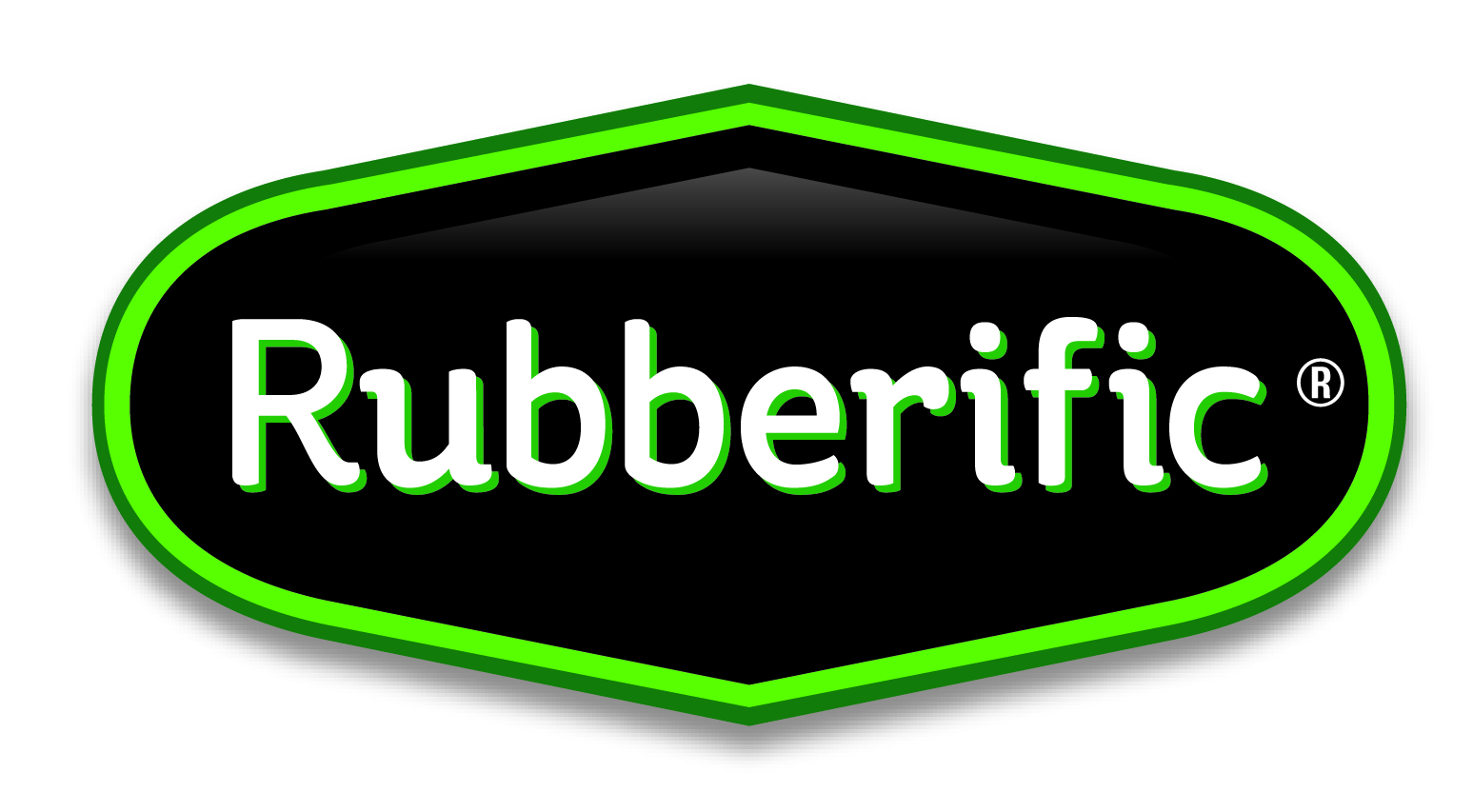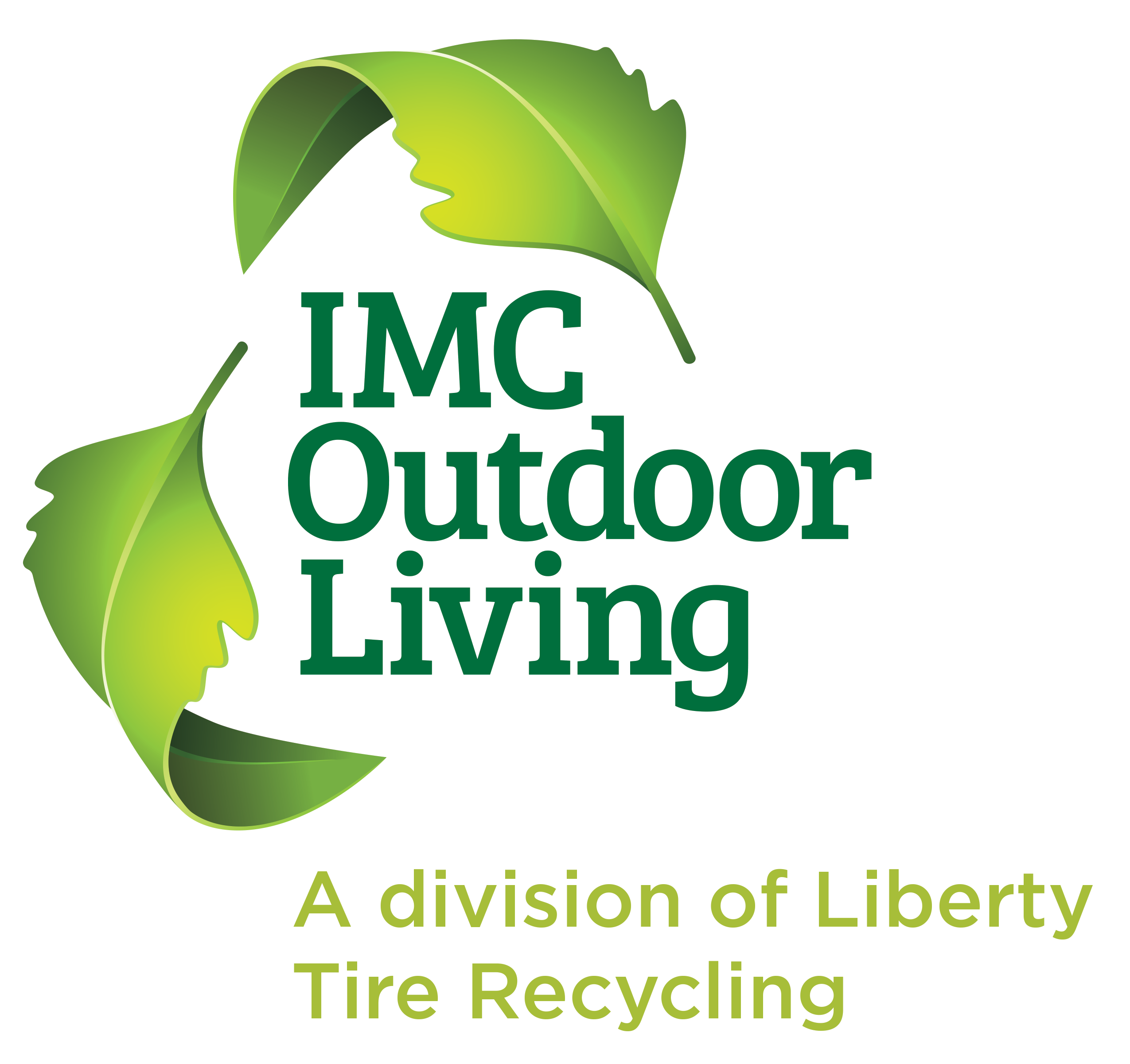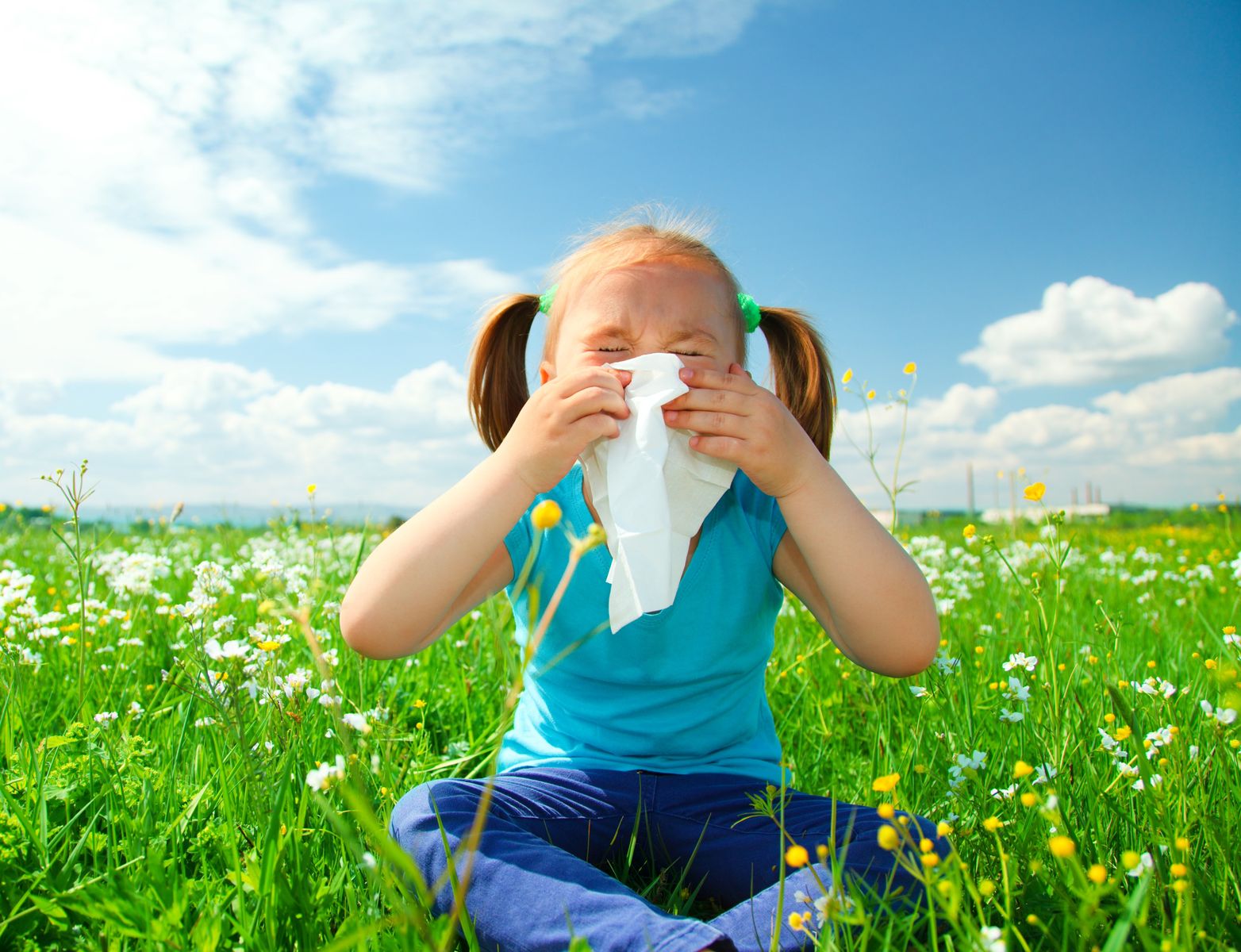Most of us yearn for the day when the sun finally breaks through the winter sky and we know that spring and summer will be fast upon us. In our drive to move our lives from indoors to outside many of us forget about something…we have allergies. The big two, pollen and mold, are the culprits for watery eyes, sneezing, wheezing and a general feeling of “I want to get back indoors”. We take pills, get shots, or just try to tough it out until the season is over (the problem is the season is over come winter again).

If you suffer during spring and summer you are in no way alone as it is estimated that more than 55% of all Americans have allergies. And here is where it gets even worse. In a recent survey more than 100,000,000 people in the U.S. say that one of their top hobbies or leisure activities is to garden or work in the yard. From my perspective this is like adding insult to injury as we are pretty much allergic to what we like to do!

The culprits defined:
Pollen
Pollen are tiny grains needed to fertilize many kinds of plants. Pollen from plants with colorful flowers, like roses, usually do not cause allergies. These plants rely on insects to transport the pollen for fertilization. On the other hand, many plants have flowers which produce powdery pollen that are easily spread by wind. These are the ones to watch out for as they can cause allergy symptoms.

Molds
Molds are tiny fungi related to mushrooms but without stems, roots or leaves. Molds can be almost anywhere, including soil, plants and rotting wood. Their spores float in the air, much like pollen. Outdoor mold spores begin to increase as temperatures rise in the spring. In the United States, mold spores reach their peak in July in warmer states and October in the colder states. They can be found year-round in the South and on the West Coast.

So this said, my recommendation is not to stay indoors, but there are some ways to limit our suffering a bit.
1. Plant species that are not pollinated by the wind such as: begonia, cactus, chenille, clematis, columbine, crocus, daffodil, daisy, Dusty Miller, geranium, hosta, impatiens, iris, lily, pansy, periwinkle, petunia, phlox, salvia, snapdragon, sunflower, thrift, tulip, verbena, and zinnia.
2. Garden early morning and early evening when pollen levels are lowest.
3. Make your kids or someone from the neighborhood mow your lawn – trust me, what you pay them you will most likely spend in allergy medication!
4. As we said previously, mold likes to flourish in soil and rotting wood. Now you all knew that I was going to get to this as this is a Blog about rubber mulch. Rubber mulch, like Rubberific Mulch, will give you the same look as wood but it inhibits the growth of molds and fungi, greatly reducing allergen risks. In addition, rubber mulch will not rot or decay, allowing you to have a great looking yard for many years to come.

You may still need to grab the Kleenex every once in a while, but a few minor changes to the way you garden will help you breath easier…literally!

